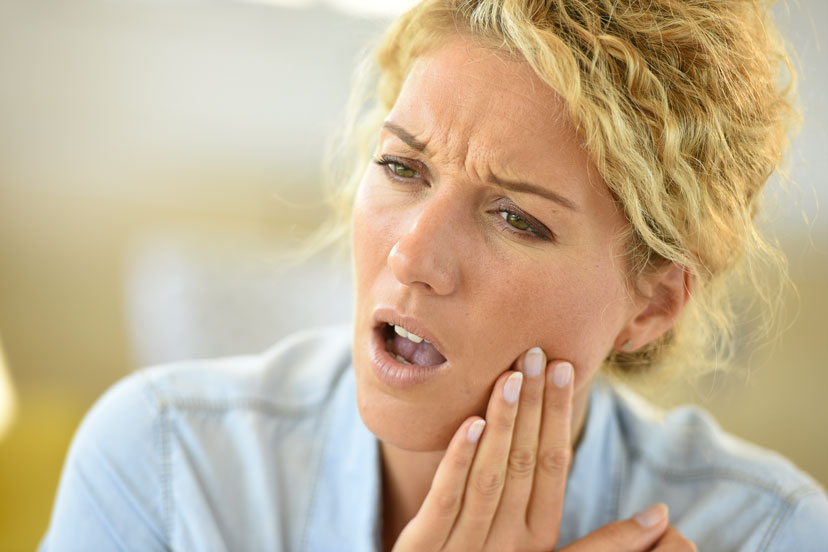What Is Considered a Dental Emergency?
We all do our best to care for our mouth with good oral hygiene and regular dental visits. However, a dental emergency may happen when least expected and should be assessed by a dentist immediately.
When there is no severe pain associated with our dental emergency, we tend to leave it and wait for a more convenient time to seek dental care. What we don’t realize is that postponing the treatment may cause more damage and severe pain when least expected.

Signs of a
Dental Emergency
A dentist should assess any dental issues as soon as possible; however, some situations qualify as a dental emergency and require immediate dental care. The following are signs that you may have a dental emergency:
- Severe pain
- Sensitivity to hot or cold
- Lost tooth or tooth filling
- Broken tooth
- Loose tooth
- Bleeding in the mouth
- Abscess or serious infection in your mouth
Causes of Dental Emergencies
It is very difficult to predict a dental emergency. Active participation in contact sports (football, soccer, basketball, hockey, karate, etc.) or high impact sports (gymnastics, skateboarding, snowboarding, etc.) dramatically increases the risk of dental emergency if teeth are not protected with a sports guard. Using your teeth instead of scissors or using them to crash hard candy or ice also increases the dental emergency likelihood.
What to do in case of
Dental Emergency
In case of a dental emergency, immediately contact our office to schedule a visit with the dentist. There are also some steps you should follow before seeing a doctor.
- Cracked or broken tooth: immediately rinse the mouth with warm water to clean the area and apply a cold compress.
- Knocked-out adult tooth: don’t touch the root. Try to place the tooth back in the socket, only touching the crown. Or put it between your cheek and gum or place it in a glass of milk. Apply a cold compress.
- Toothache: rinse the mouth with warm water and apply a cold compress. If needed, take an over-the-counter pain reliever (Tylenol or Advil).
- Bleeding: clean the area gently with water and apply a cold compress.
Dental Emergency Regina








